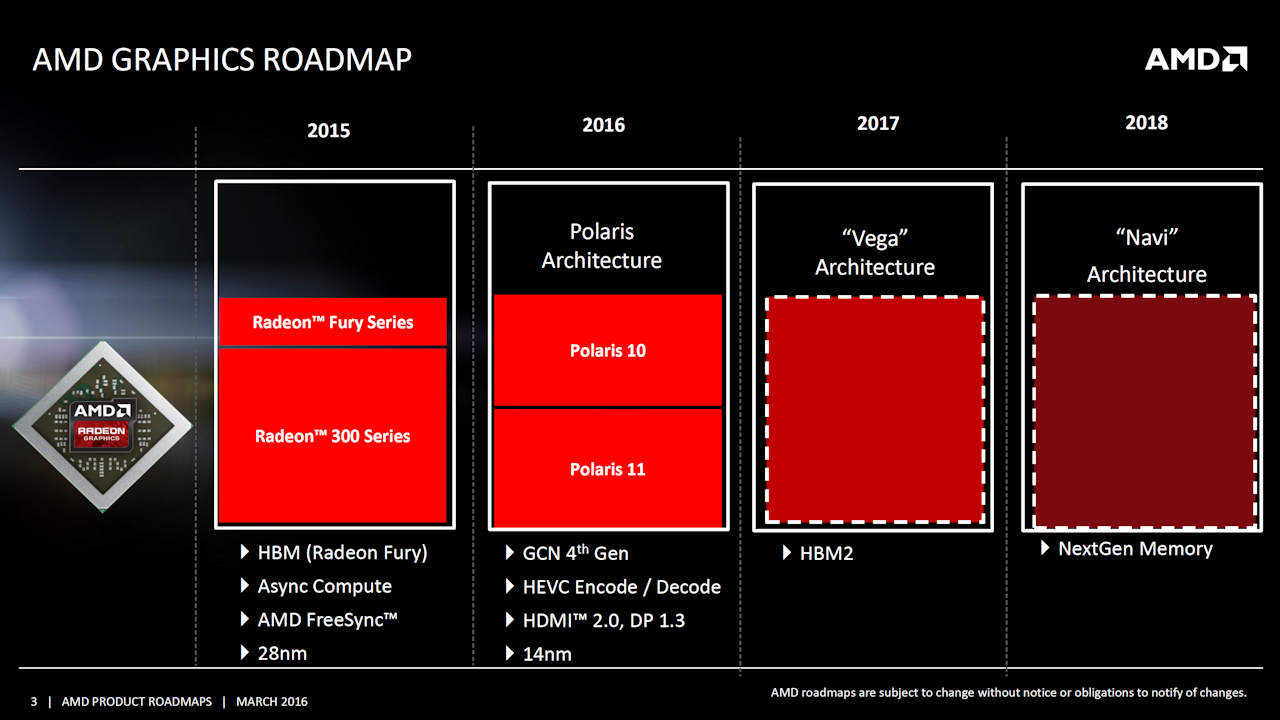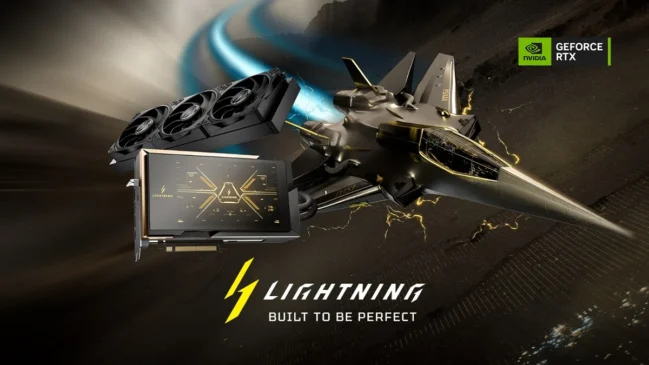
Playstation Neo Confirmed !
Words about a new console from Playstation is already reaching ears. Although, no one would guarantee its legitimacy, until today. Playstation Neo confirmed by AMD, well not officially but certainly some of the factors recently surfacing over the internet clearly points at a new chip by AMD.
AMD disclosed it’s growth strategy at their “Investor Day” event. AMD’s preparations for the disclosed focal points are in full swing. For Example –
AMD sealed the deal with THATIC, the Chinese government-owned investment fund – which will see their x86 processors enter Chinese enterprise and government sectors in a big way. The second part of the strategy was to finally become a fabless semiconductor, with all the risks and rewards involved with that move. The company spun off its packaging facility, making a total cash intake in excess of $664 million – plus all the unannounced grants that the company is bidding for.
Still, one important and the biggest announcement was carefully hidden on the following slide :
In the above slide, there is a statement which says “new semi-custom business in 2H 2016”. this statement puzzled many and many undertook it as a placeholder for the Nintendo NX console, which should be announced during Tokyo Game Show 2016. However, according to sources in the know, this placeholder has another existing customer, whose name is SONY.
During a recent interview, Roy Taylor – AMD / RTG’s head executive for Alliances, Content and VR went to defend the decision to only launch mainstream and performance products based on the Polaris architecture. He stated :
“The reason Polaris is a big deal, is because I believe we will be able to grow that TAM [total addressable market] significantly.”
Recent enough, Nvidia launched two GPUs from its new lineup of Pascal family. The majority of people are already considering the game to be on Nvidia’s side. This indirectly means that AMD has to pull out something more pleasing to maintain strong ground for the company. And AMD playing this in such way might be a costly mistake. if the Radeon would be the only product family where the Polaris GPU architecture would make an appearance. In the same interview, Roy said something interesting:
“We’re going on the record right now to say Polaris will expand the TAM. Full stop.”
 At the same time, we managed to learn that SONY ran into a roadblock with their original PlayStation 4 plans. Just like all the previous consoles (PSX to PSOne, PS2, PS3), the plan was to re-do the silicon with a ‘simple’ die shrink, moving its APU and GPU combination from 28nm to 14nm. While this move was ‘easy’ in the past – you pay for the tape out and NRE (Non-Recurring Engineering), neither Microsoft nor Sony were ready to pay for the cost of moving from a planar transistor (28nm) to a FinFET transistor design (14nm).
At the same time, we managed to learn that SONY ran into a roadblock with their original PlayStation 4 plans. Just like all the previous consoles (PSX to PSOne, PS2, PS3), the plan was to re-do the silicon with a ‘simple’ die shrink, moving its APU and GPU combination from 28nm to 14nm. While this move was ‘easy’ in the past – you pay for the tape out and NRE (Non-Recurring Engineering), neither Microsoft nor Sony were ready to pay for the cost of moving from a planar transistor (28nm) to a FinFET transistor design (14nm).
This ‘die-shrink’ requires to re-develop the same chip again, with a cost measured in excess of a hundred million dollars (est. $120-220 million). With Sony PlayStation VR retail packaging being a mess of cables and what appears to be a second video processing console, in the spring of 2014 SONY pulled the trigger and informed AMD that they would like to adopt AMD’s upcoming 14nm FinFET product line, based on successor of low-power Puma (16h) CPU and Polaris GPU processor architecture.
The only door open for AMD to enter was to keep the hardware changes invisible to the game developers. But this door wasn’t open for long, Polaris 10 delivered a substantial performance improvement over the original hardware. The new 14nm FinFET APU consists out of eight x86 LP cores at 2.1 GHz (they’re not Zen nor Jaguar) and a Polaris GPU, operating on 15-20% faster clock than the original PS4.
 According to sources, the chip which would be used for PlayStation Neo will be clocked at 911 MHz, up from 800 MHz on the PS4. The number of units should increase from the current 1152. Apparently, we might see a number higher than 1500, and lower than 2560 cores which are physically packed inside the Polaris 10 GPU i.e. Radeon R9 400 Series. Still, the number of units is larger than Polaris 11 (Radeon R7 400 Series), and the memory controller is 256-bit wide, with GDDR5 memory running higher than the current 1.38 GHz QDR. Given the recent developments with 20nm GDDR5 modules, we should see a 1.75 GHz QDR, 7 Gbps clock – resulting in 224 GB/s, almost a 20% boost.
According to sources, the chip which would be used for PlayStation Neo will be clocked at 911 MHz, up from 800 MHz on the PS4. The number of units should increase from the current 1152. Apparently, we might see a number higher than 1500, and lower than 2560 cores which are physically packed inside the Polaris 10 GPU i.e. Radeon R9 400 Series. Still, the number of units is larger than Polaris 11 (Radeon R7 400 Series), and the memory controller is 256-bit wide, with GDDR5 memory running higher than the current 1.38 GHz QDR. Given the recent developments with 20nm GDDR5 modules, we should see a 1.75 GHz QDR, 7 Gbps clock – resulting in 224 GB/s, almost a 20% boost.
When it comes to the actual reveal, Playstation Neo should make its debut at the Tokyo Game Show, with availability coming as soon as Holiday Season 2016. Don’t forget that PlayStation VR will make its way to the market in the same timeframe.
What are your thoughts on AMD’s Roadmap and future plans? What according to you should AMD do in such situation ? Let us know in the comments.







